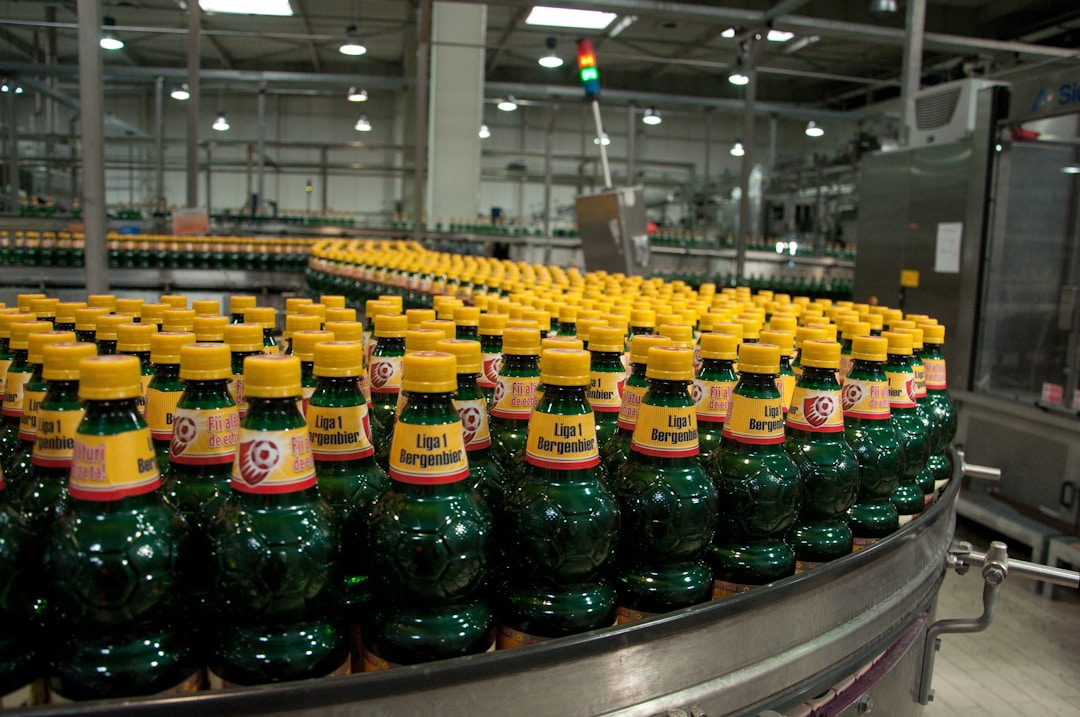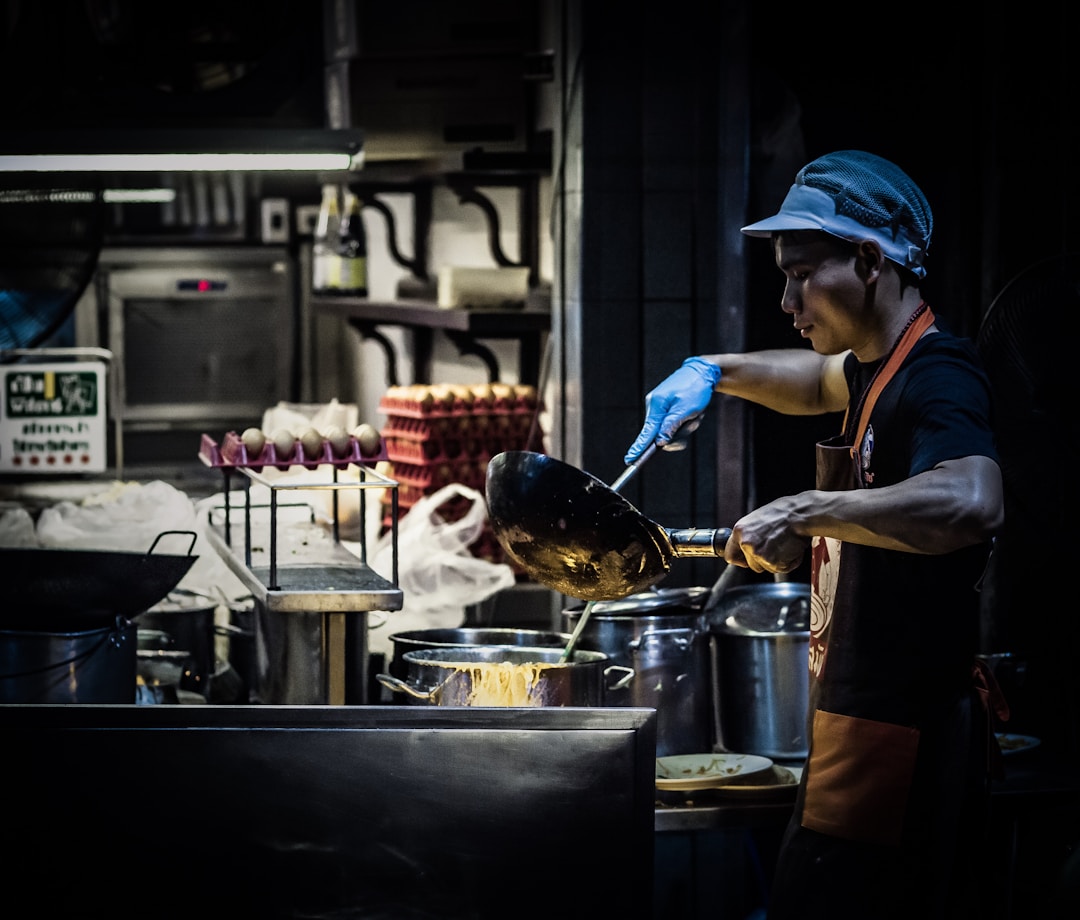Reciprocating compressors, a critical component in many industries, have been around for decades. Their functionality has made them indispensable in various applications. But what exactly are they? How do they operate? And what makes them so essential? In this article, we’ll delve deep into the world of reciprocating compressors, exploring their mechanics, applications, and advantages.
The Basics of Reciprocating Compressors
A reciprocating compressor is a positive-displacement machine that increases the pressure of the gas by reducing its volume. The primary mechanism responsible for this function is a piston which moves within a cylinder. As the piston moves downward, it creates a vacuum, drawing gas into the cylinder. On the upward stroke, this gas is compressed and then discharged into a discharge line.
The term “reciprocating” refers to the back-and-forth movement of the piston. This type of compressor can have one or more cylinders, and the design can be arranged in a V-shape, horizontally, or vertically. The number of cylinders and their arrangement depend on the application’s specific requirements.
Components of a Reciprocating Compressor
Several key components make up a reciprocating compressor:
- Cylinder & Piston: As mentioned earlier, the primary components responsible for compressing the gas.
- Crankshaft: Converts rotational motion into the reciprocating motion of the piston.
- Valves: They control the intake and discharge of the gas. As the piston moves down, the intake valve opens, allowing gas into the cylinder. On the upward stroke, the discharge valve opens, releasing the compressed gas.
- Connecting Rod: It connects the piston to the crankshaft.
- Frame: The main body or the housing of the compressor that supports and encloses other components.
Applications of Reciprocating Compressors

Reciprocating compressors are versatile, finding their use in a wide range of industries. Here are some notable applications:
- Refrigeration and Air Conditioning: One of the most common uses of reciprocating compressors is in refrigeration systems and air conditioning units. Here, they compress the refrigerant, initiating the cooling cycle.
- Oil and Gas Industry: In the petroleum industry, these compressors are used for gas lifting, gas injection, and transferring gas along pipelines.
- Chemical Plants: Reciprocating compressors are used to compress gases for chemical reactions, and also for storage and transportation of gases.
- Natural Gas Processing: They play a crucial role in boosting the pressure of natural gas so that it can be transported or stored.
Advantages of Using Reciprocating Compressors
Reciprocating compressors offer several benefits, making them the preferred choice for many applications:
- Versatility: They can handle a wide range of pressures and volume flow rates, making them suitable for diverse applications.
- High Efficiency: Due to their design and operation, reciprocating compressors can achieve high levels of isentropic efficiency.
- Durability: When maintained well, these compressors can have a long operational lifespan.
- Flexibility: They can be easily adjusted to handle different gases and operate under varying conditions.
- Compact Design: Reciprocating compressors can offer a significant amount of compression in a relatively compact size, which is particularly advantageous when space is at a premium.
Types of Reciprocating Compressors
When delving deeper into reciprocating compressors, it’s essential to recognize that they come in various types based on their design and functionality:
Single-Acting Compressors
In single-acting compressors, compression occurs on only one side of the piston. They’re simpler in design, generally more affordable, and best suited for lower-pressure applications.
Double-Acting Compressors
Contrary to the single-acting design, double-acting compressors compress gas on both sides of the piston. This means that during each rotation of the crankshaft, two compression cycles are completed. This design offers more capacity and is typically used in heavy-duty applications where higher pressures and efficiencies are needed.
Diaphragm Compressors
These are a special type of reciprocating compressor where the compression of gas is achieved by a moving flexible diaphragm instead of an oscillating piston. They’re ideal when there’s a need for extremely pure compressed gas since the gas doesn’t come into contact with lubricating oils.
The Influence of Pressure Stages
Reciprocating compressors can also be categorized based on their pressure stages:
Single Stage Compressors
In these, the air or gas is drawn in, compressed to the final pressure in a single stroke, and then sent to a storage tank. They’re straightforward and best suited for tasks requiring up to 70 psi.
Multi-Stage Compressors
In contrast, multi-stage compressors compress the air or gas in multiple steps or stages. After the initial compression in the first stage, the gas is then further compressed in one or more subsequent stages. This allows for cooling between stages, enhancing efficiency, and enabling the compressor to achieve much higher pressures.
Cooling Methods: Air-Cooled vs. Water-Cooled

Based on the method of cooling the compressor, we can categorize them into:
Air-Cooled Compressors
These utilize ambient air to cool the compressor components. Fins are often attached to the compressor body to dissipate heat more effectively. They’re generally more straightforward, require less maintenance, and are best suited for environments where water supply might be a concern.
Water-Cooled Compressors
Water-cooled versions use water jackets around the compressor components to keep temperatures in check. They’re often more efficient in terms of cooling, but they also require a consistent water source and might need additional infrastructure, like cooling towers, in larger installations.
Safety Protocols and Measures
Reciprocating compressors, while efficient, need adequate safety protocols due to the high pressures they deal with and the mechanical movement of parts:
Pressure Relief Valves
These are necessary for preventing the build-up of excessive pressure within the compressor which could lead to catastrophic failures. The valve is designed to open once the internal pressure exceeds a set limit, allowing excess gas to escape and relieve the pressure.
Intercoolers
Used mainly in multi-stage compressors, intercoolers are devices that cool the gas between compression stages. This not only improves efficiency but also prevents overheating, which could compromise the compressor’s structural integrity.
Vibration Dampeners
Given the reciprocating nature of these compressors, they can generate significant vibrations. Dampeners help absorb and minimize these vibrations, ensuring the compressor operates smoothly and reducing wear on components.
Maintenance and Considerations
While reciprocating compressors are highly efficient and durable, they do require regular maintenance. This is because the constant back-and-forth motion can cause wear and tear on the valves, piston rings, and other components.
Regular inspections are necessary to ensure all parts are functioning correctly. Lubrication is also integral to reducing friction between moving parts. Moreover, any anomalies or irregularities in operation, like unusual noises or vibrations, should be immediately addressed to prevent long-term damage or breakdown.
Another consideration is the compressor’s noise level. Due to their operating principle, reciprocating compressors can be noisier than other types of compressors. Thus, depending on where they’re used, soundproofing or noise reduction measures might be necessary.
The Future of Reciprocating Compressors
With advancements in technology and engineering, the design and efficiency of reciprocating compressors continue to improve. Modern designs are more energy-efficient, have a reduced carbon footprint, and come with enhanced safety features. As industries evolve and demands change, we can expect these compressors to adapt and continue to be significant players in various sectors.
Overall, reciprocating compressors have cemented their place in history as one of the most reliable and critical machines in numerous industries. Their basic principle of operation, while simple, is effective and versatile, allowing them to be used in diverse applications from refrigeration to the petrochemical industry. As with all machinery, regular maintenance ensures their efficient operation. With ongoing improvements in design and functionality, these compressors are here to stay, making our modern world run a little more smoothly.
